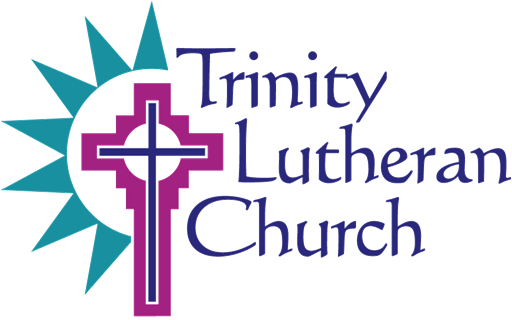
Celebrating Easter
Part 2
By Don Zoller
When Israel was in the wilderness, God established the Passover Feast, along with six other specific holidays, called the Feasts of the Lord. They were to be celebrated each year as a way of keeping God’s eternal plan for redemption always in view (Leviticus 23). It is important to remember that these were not Jewish feasts, but rather “set times” (moedim – Heb.) determined by God as sacred gatherings—times to remember (Leviticus 23:2).
During Jesus’ lifetime, Passover was a week-long period of acknowledging God’s deliverance from slavery and bondage. It included not only the Passover Meal, but two other remembrances: the Feast of Unleavened Bread and the Feast of Firstfruits. These times of remembrance give understanding to what we know as Holy Week—a week ending with the Resurrection of Jesus.
Carefully considered, we can say that there would be no “Easter” without a “Passover.” The two are inseparable. In I Corinthians 5:7 the Apostle Paul tells us that Christ is our Passover Lamb who was sacrificed. John the Baptist also said, “Behold, the Lamb of God, who takes away our sin” (John 1:29). The Feast of Unleavened Bread signified purity of life—without spot or blemish—just as Peter said of our Lamb (I Peter 1:19). As in the Feast of Firstfruits, Christ is the Firstfruits of many who will follow Him from death into life through resurrection—transforming mortality into immortality (I Corinthians 15:53–56).
In the ancient Jewish writings of the Talmud, we can see how our Passover Lamb fulfilled, predictively, and in great detail, all that was to transpire during what we call Holy Week. Beginning with Palm Sunday, Jesus entered the Temple, much in the same way the national lamb was brought into the Temple by the priests, on the same day, The national lamb was examined for four days to be sure it was free of blemishes—suitable for sacrifice. In the same way, Jesus was interrogated for four days to see if any fault could be found in his ministry or character. After the national lamb was examined, the High Priest would say, “I find no fault in him!” Similarly, Pontius Pilate said these same words of Jesus after he examined Him. Upon the sacrifice of the national lamb, the High Priest would declare, “It is finished!” just as Jesus said on the cross at his death. At this point, the High Priest would go into seclusion only to reemerge on the day of the Feast of Firstfruits to take a sheaf of prepared barley, cut from the earth, which had been milled, and wave it in the air toward heaven as an expression of God’s acceptance and His pledge of an abundant harvest. So it is with the Resurrection of Christ. As His fruitfruits from the dead, the harvest of souls is abundant indeed.
So, then, we can better understand that there is no Easter without a Passover and all that it symbolizes. Like the women at the empty tomb, today, God’s people go quickly with great joy, and run throughout the highways and byways to declare, yes, to shout, “Christ is Risen!” while hearing the expected echoing response, “He is Risen Indeed! Alleluia!”

